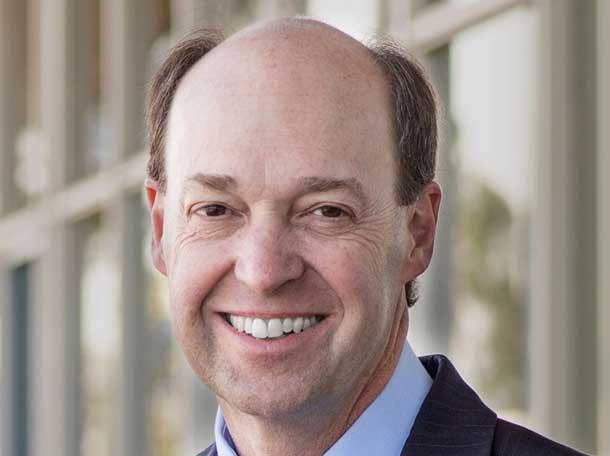CMO Jim Jackson On HPE's Digital Transformation And The IT Monster
HPE CMO Jim Jackson spoke with CRN about his company's digital business transformation and how partners can profit.

Hewlett Packard Enterprise Chief Marketing Officer Jim Jackson—a 28-year IT veteran who has led HPE’s transformation from digital marketing into a full-fledged digital business—spoke with CRN about the impact that HPE’s digital business metamorphosis is having on partners, business outcomes and how partners themselves can move to a digital business model.
How has the marketing team helped transform HPE into a digital business?
When I think of the last couple of years, we have been undergoing a digital transformation, and marketing has been leading a big part of that. Digital marketing was really the first step. Everybody wanted to do digital marketing because it was a way of thinking about content differently, and how we engage customers and get information to them. But unless you were really born in an online environment, everybody also is thinking, ‘How do I take all that digital marketing capability and really translate it into revenue, into business outcomes?’
What is the centerpiece of the HPE digital business transformation?
What a digital business does is put the customer at the center. It’s about taking friction out of the buying process and using digital to deliver a better experience to our customers.
What is driving the digital business phenomenon?
The reasons for doing all of this are pretty well known in the industry. Seventy percent of the buyer’s journey happens online digitally before a customer reaches out to HPE or to one of our partners. The customer is going on this journey into multiple different areas, and we have to get the right content to them. Additionally, 85 percent of customers spend time on the OEM’s website because that’s where they’re getting a lot of their core information. This is how customers are now engaging and doing their search process and getting information. We knew that we needed to build a modern digital capability that was best in class. We are there now.
What was the key to making the transformation from digital marketing to a full digital business?
If you come back to digital marketing—a critical area—a lot of this was totally rethinking our campaign structure and how we think about [marketing] campaigns. ... Now a campaign is an 18-month conversation in the marketplace. We’re scaling it. We have a concept, and then we’ve got 18 months of new content that we’re going to continue to add to go have that dialogue with customers in the marketplace.
How does HPE look at marketing differently than competitors?
In the IT space, there is a sea of sameness. We wanted to be different. We wanted to break through. So we ran the IT Monster campaign last year. ... We had the IT Monster here running around and having fun at the opening of our new headquarters. Our employees love it. ... It’s creative.
How has the digital business transformation impacted the HPE website?
We’re bringing advanced capabilities like personalization to the website. So if you come to our website a couple times, we understand what you’re looking for, what you like, and then we’re going to start feeding that content to you and new content to you. So it makes your web experience much better and much more progressive. We are also doing chat on the website. Chat is huge in terms of driving demand and engaging customers in a digital world. So you’re coming to our website and a chat agent is going to pop up. These are experts. They pop up and ask: ‘Can I help you? Can I get you to the right place? What questions do you have?’ That dramatically drives the experience for our customers who are getting information from us. What that also does is enable us to start to get them to the right people to translate that into a lead.
Another key area is browse and shop capabilities. So as customers engage and show an interest in certain products, we have now simplified that whole process. What we have found is customers are doing a lot of this on our website and then they are going to their partner saying, ‘I kind of know what I want. Help me understand what are the options here. What are the things I need? How do I integrate this? How does this work with my application environment?’ So we want to actually help be a demand-driver for our partners. That’s a big area of focus for us: to help create more opportunities for our partners.